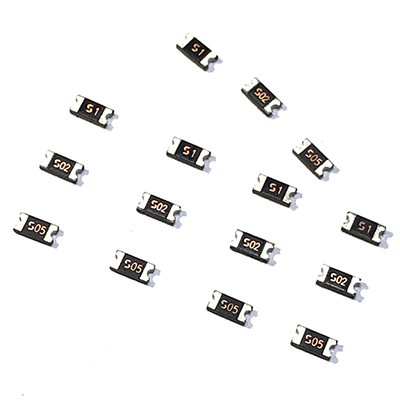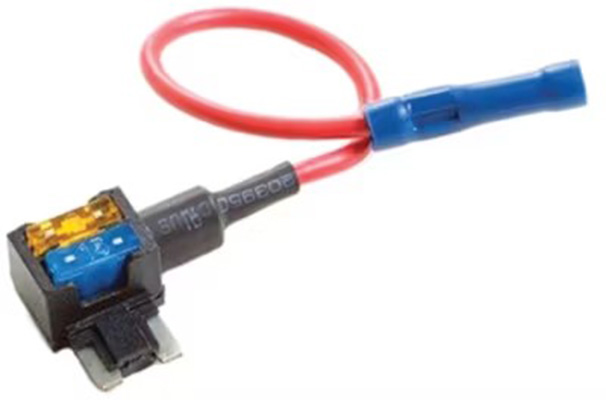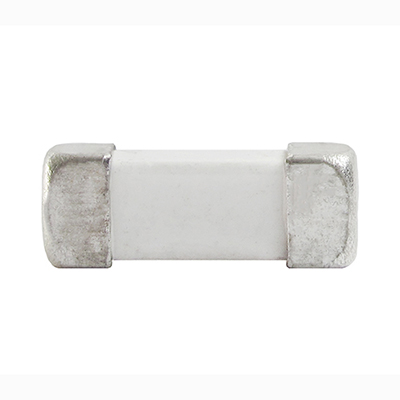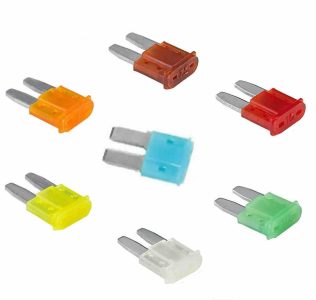The Critical Role of Glass Fuses in Automotive Lighting Circuits
News 2025-10-27
Glass fuses are vital components in automotive electrical systems, particularly in lighting circuits where they protect against overcurrent that could cause damage or safety issues. These fuses consist of a glass tube with metal end caps and a thin wire that melts when excessive current flows, breaking the circuit. In automotive lighting, which includes headlights, taillights, and signal lights, glass fuses ensure reliable operation by preventing overloads and short circuits. As vehicles evolve with advanced lighting technologies, glass fuses remain essential for maintaining system integrity and safety on the road.

Applications in Automotive Lighting
Glass fuses are widely utilized in various automotive lighting scenarios due to their compact design and quick response. They protect headlight circuits from wiring faults that might lead to overheating or failure, ensuring clear visibility during night driving. In taillight and turn signal systems, these fuses guard against current surges that could affect braking or signaling functions. Additionally, glass fuses are ideal for accessory lights like fog lamps or interior illumination, where space is limited and fast-acting protection is needed. Their versatility makes them suitable for both standard and customized vehicle lighting setups.
Performance Advantages
Glass fuses offer distinct benefits in automotive lighting applications, starting with their rapid interruption of current to minimize potential damage. The transparent body enables easy visual inspection, allowing mechanics to quickly identify and replace blown fuses without specialized tools. They provide precise current protection across a range of ratings, typically from 5 to 20 amps, which aligns well with lighting circuit demands. Moreover, glass fuses are cost-effective and durable, resisting corrosion and performing reliably in extreme temperatures and vibrations common in automotive environments.
Frequently Asked Questions
1. What current ratings are common for glass fuses in car lighting?
Answer: Common ratings range from 5 to 15 amps, depending on the specific lighting component and vehicle electrical system.
2. How do you detect a blown glass fuse in a vehicle?
Answer: Visually check for a broken wire inside the glass or use a multimeter to test for continuity across the fuse terminals.
3. Why choose glass fuses over other types for automotive lighting?
Answer: They allow for straightforward inspection and are economical, though they are often selected for older vehicles or circuits requiring visual diagnostics.


